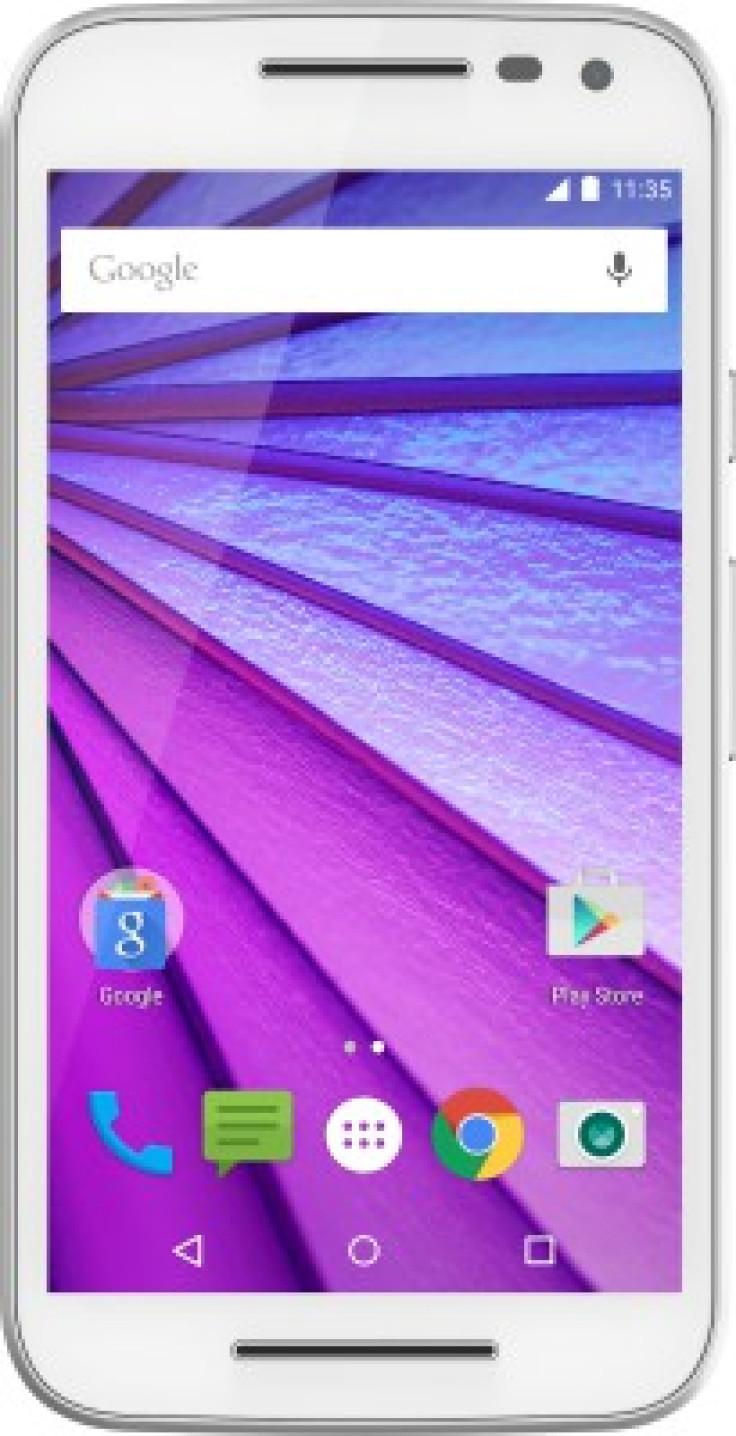Motorola Moto G (3rd gen) vs Asus Zenfone 2 ZE551ML: How do the value-for-money smartphones compare?

Motorola has launched the much expected Moto G (2015) aka Moto G (3rd gen) in multiple countries of the world such as the UK, US and India. This smartphone is considered to be a value-for-money device offering decent technical specs at an affordable price tag, just like its predecessor, the Moto G (2014).
Moto G (3rd gen) will retail for an affordable £160 in the UK, and at Rs 12,000 in India. However, with new similar-range smartphones from known brands also offering value-for-money with respect to technical specs and price tag, the new Moto G could naturally face intense competition from already existing mid-range handsets.

One smartphone that could give the Moto G (3rd gen) a run for its money is the recently launched Asus Zenfone 2 (bearing model number ZE551ML) which is also considered to be a value-for-money device. This smartphone comes with impressive specifications and is priced lower than similar-range smartphones in the market.
Therefore, here is a spec-wise comparison between the two mid-range smartphones.
Asus Zenfone 2 vs Motorola Moto G (3rg gen)
Display
Asus Zenfone 2 ZE551ML incorporates a bigger 5.5in IPS display with capacitive touchscreen and is protected by the Gorilla Glass 3. This display has resolutions of 1080x1920 pixels, along with pixel density of approximately 403PPI.
On the other hand, Moto G (3rd gen) features a comparatively smaller 5in display with capacitive touchscreen protected by the Gorilla Glass 3 screen protector. The display has resolutions of 720 x 1280 pixels with a pixel density of approximately 294 ppi.
Both the smartphones boast multitouch and 16 million colours.
Going by the display parameters, it is obvious that the Zenfone 2 beats Moto G (3rd gen) hands-down, both in terms of display size as well as clearer/sharper images.
Hardware
The Zenfone 2 is driven by a 2.3GHz quad-core Intel Atom processor that varies based on the RAM configuration (Zenfone 2 is available in both 2GB as well as 4GB RAM variants). The 2GB RAM edition incorporates a relatively inferior 1.8GHz quad-core Intel Atom processor, while the 4GB RAM variant runs on a 2.3GHz quad-core Intel Atom processor.
In contrast, Moto G (3rd gen) runs on a 1.4GHz quad-core Cortex-A53 CPU packaged in a Qualcomm Snapdragon 410 SoC. This smartphones comes in both the 1GB as well as 2GB RAM variants.
The processor-wise parameters show that the entry-level variants of both the smartphones, the 2GB RAM variant of Asus Zenfone 2 and the 1GB RAM variant of Moto G, provide fairly the same degree of performance and almost identical instruction processing capability.
However, the Zenfone 2's 4GB RAM variant outdoes the inferior 2GB RAM variant of the new Moto G in processing speed and faster instruction processing.
Memory
Asus Zenfone 2 lets users choose between the 2GB and 4GB RAM variants, and comes in three internal storage editions viz 16GB, 32GB and 64GB variants. The internal storage on the 16GB and 32GB variants can be expanded up to 64GB with the help of an external MicroSD card slot.
Motorola Moto G (3rd gen) is available for purchase in 1GB/2GB RAM editions, and the smartphone also comes in 8GB as well as 16GB internal storage variants. Like the Zenfone 2, users of this device can expand its internal storage by using an external MicroSD card, but only up to a dismal 32GB.
Camera
Asus' Zenfone 2 features a 13MP rear camera that comes along with a dual-LED flash and supports geo-tagging of images. The camera supports shooting 1080p videos at 30 frames per second (FPS). The handset also features a 5MP front camera.
Motorola's Moto G (3rd gen) also features an identical 13MP rear camera that supports dual-LED flash and image geo-tagging. The smartphone's primary camera also lets users shoot 1080p videos at 30 fps.
Like the Zenfone 2, the new Moto G features a 5MP front camera.
Battery
Asus Zenfone 2 is powered with a non-removable 3,000 mAh Li-Po battery, whereas the Moto G (3<sup>rd gen) is driven by a relatively inferior 2,470 mAh fixed Lithium-Ion battery.
It is clear as to who the winner in this segment is here.
Software
Asus' Zenfone 2 runs the Android 5.0 (Lollipop) operating system out of the box with ZenUI on top, while Motorola's Moto G (3rd gen) runs the more recent Android 5.1.1 (Lollipop) operating platform, out of the box.
Price and availability
Asus Zenfone 2 (ZE551ML) is currently available for purchase online in Europe for €349 (£254, $376), and in the US for $219. In India, a 32GB variant of Asus Zenfone 2 Z3551ML is available for Rs 19,000 (£192).
Being a more recent launch, Motorola's Moto G (3rd gen) is also available in a number of markets across the world, including the UK. Moto G (2015) will cost £160 in the UK and is currently open for purchase in India at Rs 12,000 (£120).
© Copyright IBTimes 2024. All rights reserved.





